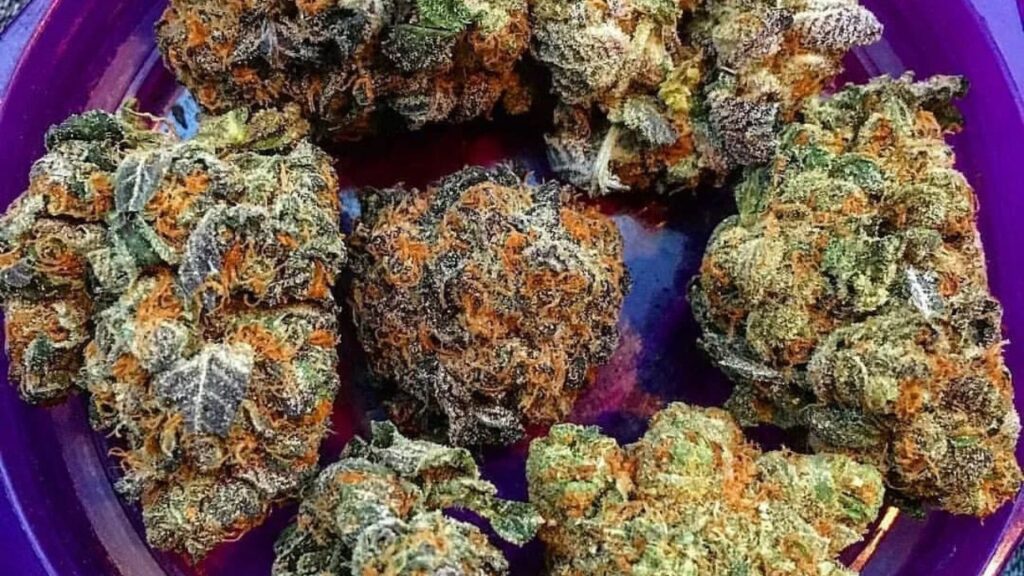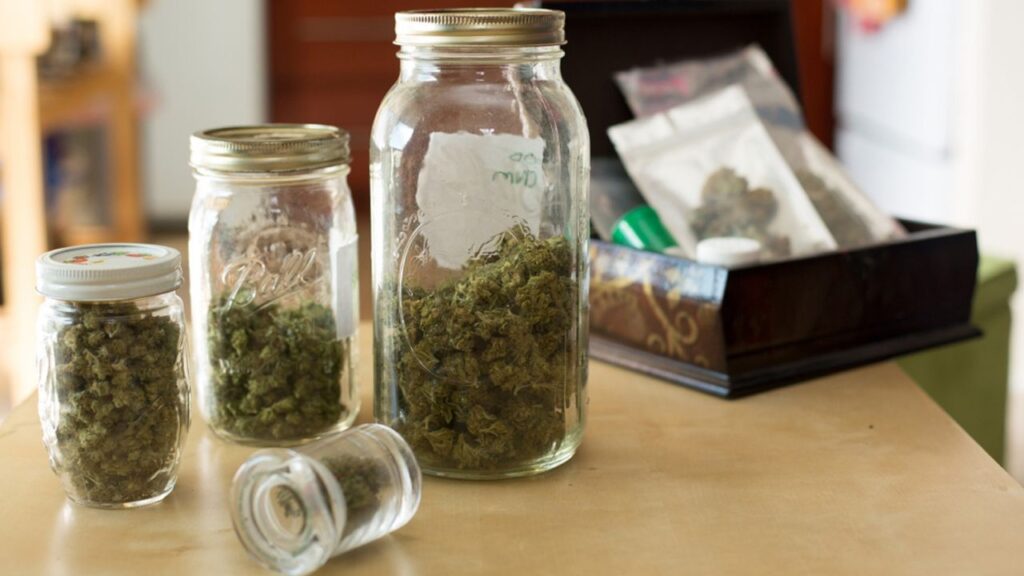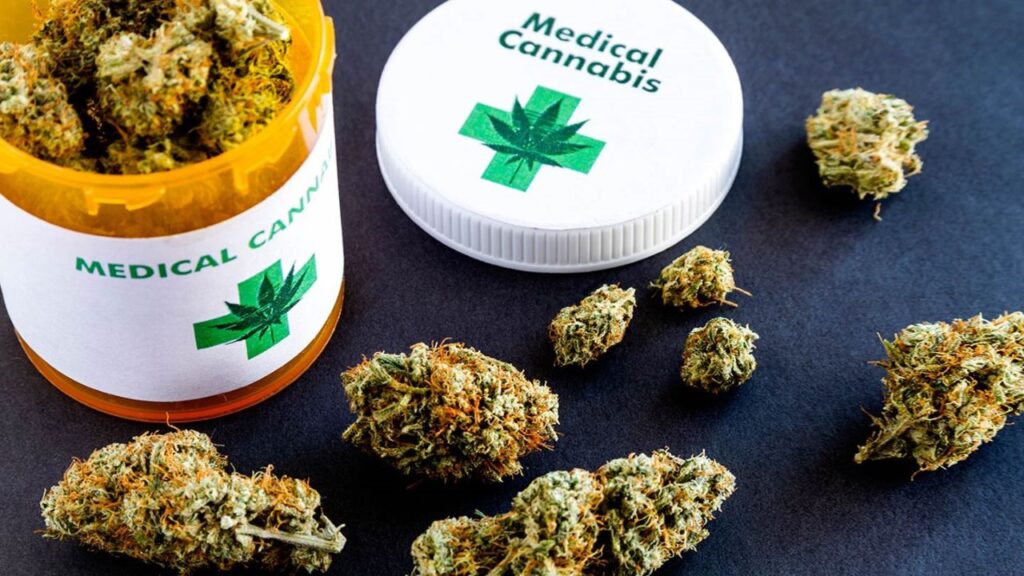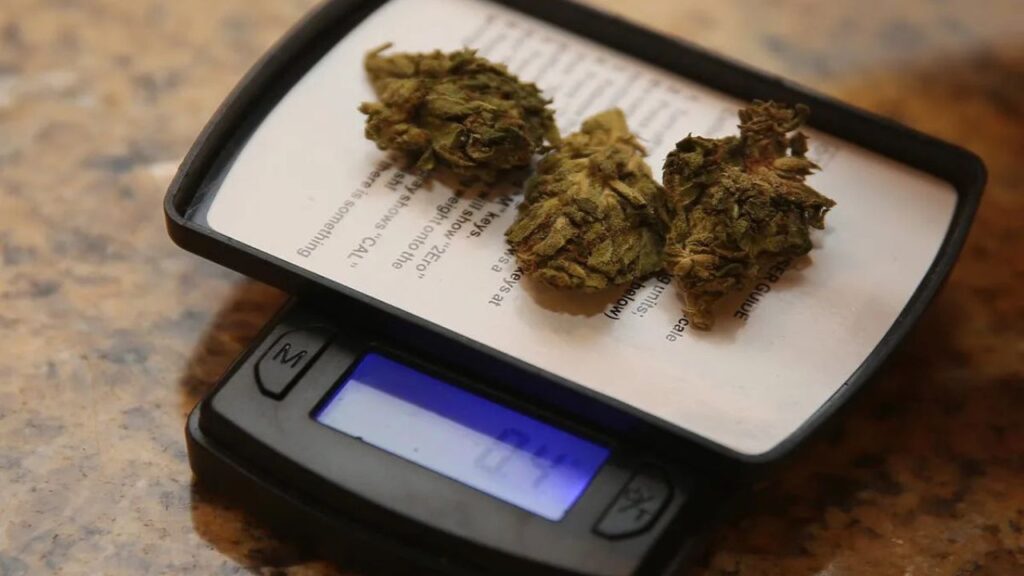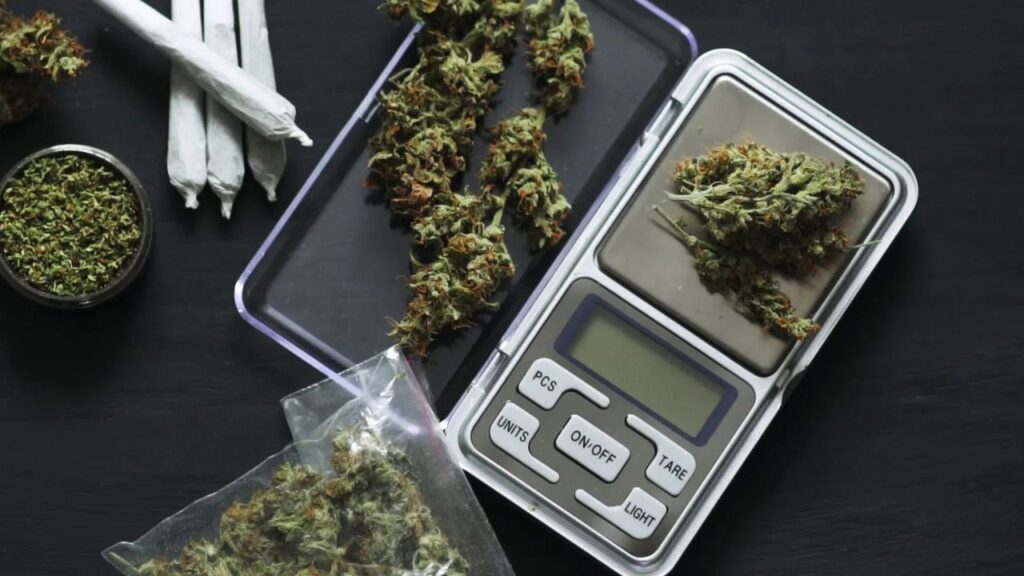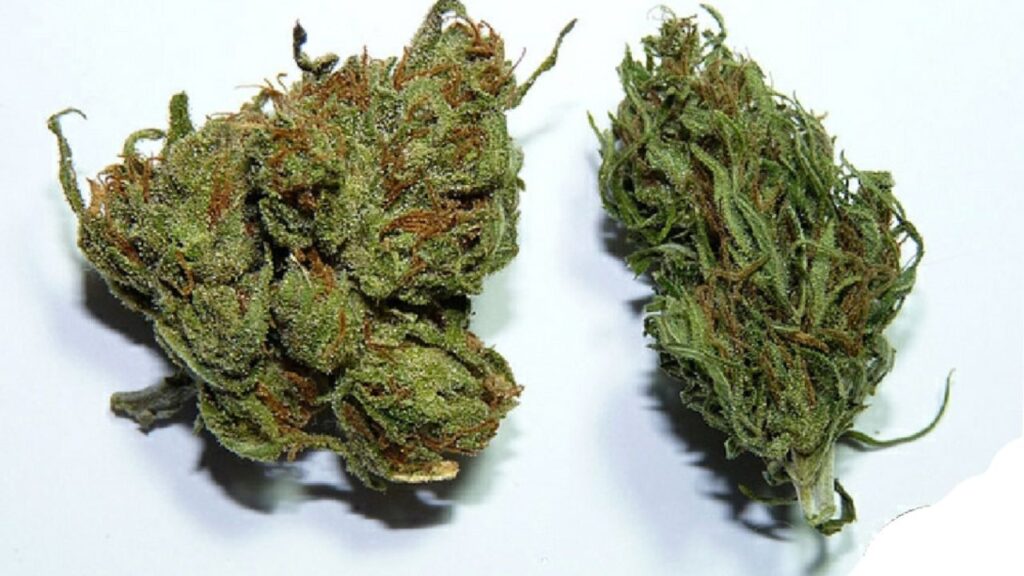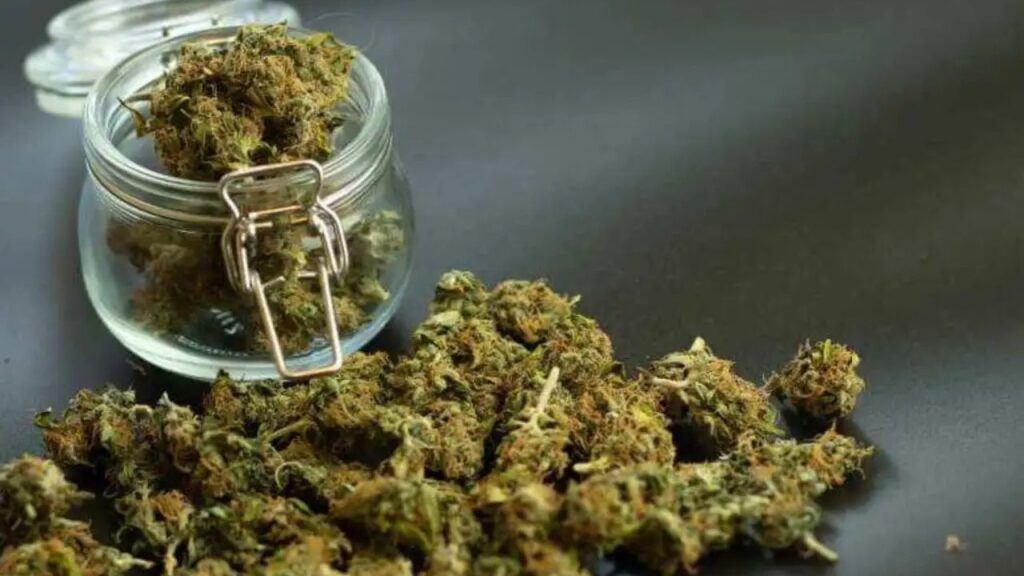The flowering stage is the final and most crucial phase in the cannabis plant’s life cycle. During this period, plants stop focusing on vegetative growth and begin producing buds—the part of the plant most desired by growers and consumers. Understanding the flowering stage is essential for successful cultivation, as it determines both the potency and yield of the final product. This phase is triggered when the light cycle changes to 12 hours of light and 12 hours of darkness. For indoor growers, this means adjusting lighting manually; for outdoor growers, the plant responds naturally to seasonal shifts. Each week in the flowering stage brings noticeable changes, from initial pistil formation to trichome development and resin production. By breaking down the flowering stage week by week, growers can monitor progress, avoid common issues, and apply proper techniques at each point in the cycle. Mastering this stage ensures higher quality, potency, and yield in the harvest.
Week 1: Transitioning to Flowering
The first week of the flowering stage marks a critical shift in a cannabis plant’s life. During this period, plants transition from their vegetative growth into the reproductive phase, where they begin to form flowers or buds. One of the earliest signs that your cannabis plant is entering flowering is the appearance of wispy white pistils at the nodes, which will eventually develop into full buds. Plants may also stretch significantly, sometimes doubling in size during this phase, as they prepare to support heavy flower production.
For indoor growers, triggering the flowering stage requires changing the light cycle to 12 hours of light and 12 hours of uninterrupted darkness. This mimics the natural reduction in daylight that occurs in late summer, signaling the plant to begin reproduction. Light leaks during the dark period must be avoided, as they can disrupt flowering or cause hermaphroditism.
Environmental adjustments are also important. Slightly lowering humidity to around 45-55% helps prevent mold and mildew as buds begin to form. Temperatures should ideally stay between 68–77°F (20–25°C) during lights-on and drop slightly at night to simulate natural outdoor conditions.
Nutritional needs also shift in week 1. While nitrogen is still necessary, phosphorus and potassium become increasingly important for bud development. A flowering nutrient mix with a higher ratio of phosphorus (P) and potassium (K) and a reduced level of nitrogen (N) should be introduced gradually. Avoid overfeeding at this stage—start with half-strength bloom nutrients and observe plant response.
Proper care during this transitional week lays the foundation for a successful flowering cycle. Monitor plants daily for signs of stress, pests, or deficiencies, and keep your environment and feeding consistent. This will ensure healthy growth and optimal bud formation in the weeks ahead.
Week 2: Early Bud Development
During Week 2 of the flowering stage, cannabis plants begin to show more pronounced signs of bud formation. The white pistils that emerged in Week 1 now cluster more densely at the nodes and branch tips, marking the early development of buds. Plants may still be stretching in height, so maintaining proper spacing and support is essential. This phase is vital because it sets the stage for how dense and healthy your buds will be.
Pruning and training are important in Week 2. Removing small, lower branches and excess fan leaves that block light can improve airflow and redirect energy to the top bud sites. Techniques like low-stress training (LST) or using a trellis can help spread the canopy evenly and improve light penetration, maximizing overall yield.
Monitoring for pests and diseases becomes increasingly important as the plant becomes more susceptible. Humidity should be carefully managed to prevent mold or mildew, especially in dense foliage areas. Keep a close eye out for spider mites, aphids, and fungus gnats. Sticky traps, neem oil (before heavy flowering), or beneficial insects can help manage early infestations. Weekly inspections and good air circulation will help ensure a healthy, productive flowering process as the buds begin to take shape.
What Should My Buds Look Like in Week 4 of Flowering?
By Week 4 of the flowering stage, your cannabis buds should start to look fuller and more defined. At this point, the plant has moved well past the stretching phase. Buds will appear thicker and more clustered around the nodes and colas. You’ll notice a significant increase in the amount of white pistils (hairs), which stand out from the green bud structure. These pistils are the early signs of developing flowers and will eventually darken as the plant matures.
The trichomes—the tiny, crystal-like glands—will start becoming visible as well. These glands produce the cannabinoids and terpenes responsible for potency and aroma. While they may not be fully developed yet, you’ll likely begin to see some sparkle on the buds and surrounding leaves.
During Week 4, the smell of your plants becomes noticeably stronger. Depending on the strain, you might detect earthy, fruity, or skunky aromas. Leaf production within the buds will increase too, and the plant focuses all energy on flower development rather than vertical growth.
While the buds aren’t yet ready for harvest, this week marks a visible shift toward maturity. Continue monitoring for pests, mold, and nutrient deficiencies to support strong flower production moving forward.

What Week Do Buds Start to Smell?
Cannabis buds typically begin to develop a noticeable smell around Week 3 to Week 4 of the flowering stage. At this point, the plants are no longer focused on vertical growth and instead start channeling energy into developing dense, resinous buds. As the trichomes (the tiny glands responsible for producing cannabinoids and terpenes) begin forming, the aroma intensifies. These trichomes release aromatic compounds called terpenes, which give each strain its unique scent — from fruity and citrusy to skunky or earthy.
The exact timing can vary based on strain genetics, growing conditions, and environment. Indica-dominant strains may smell stronger earlier, while some sativas take a little longer. If you’re growing indoors, you may notice the room filling with fragrance during this stage, so it’s a good time to ensure your ventilation and odor control systems (like carbon filters) are working properly. The scent will only grow stronger as flowering progresses.
Week 3: Budding Stage Progression
By Week 3 of the flowering stage, cannabis plants show clear signs of bud formation. The white pistils (hair-like structures) become more prominent, clustering together to form the foundation of what will become dense buds. These budding sites appear at nodes where branches meet the stem and continue to swell gradually. The plant is now focused on reproductive growth rather than stretching, marking a pivotal shift in development.
During this week, nutrient needs also change. Plants require increased phosphorus and potassium to support flowering, while nitrogen should be slightly reduced to avoid leafy growth. A bloom-specific nutrient blend is ideal. Watering should remain consistent, but avoid overwatering, as it can lead to root problems and slow bud growth.
Light intensity and quality are crucial at this stage. High-output LED or HPS grow lights should be positioned correctly to maximize penetration without burning the plants. Aim for at least 12 hours of uninterrupted darkness to encourage strong flower development. Growers may notice a slight increase in aroma as terpene production begins ramping up. By managing nutrients, light, and water properly in Week 3, you help the plant build strong, resinous buds and lay the groundwork for a high-yielding harvest.
Week 4 to Week 5: Maturation and Flowering
During weeks 4 and 5 of the flowering stage, cannabis plants enter a phase of rapid bud development and visible maturation. Buds become thicker and denser, and the white pistils start to darken and curl inward slightly. The plants produce more trichomes, giving buds a frosty appearance and intensifying their aroma. By now, your grow room will smell strongly of cannabis, and the flowers will take on more defined shapes.
In week 5, focus shifts to monitoring bud health and environmental control. Avoid humidity levels above 50% to prevent mold or bud rot. Keep a steady temperature (70–80°F) and ensure strong airflow around dense flowering sites. Continue using bloom nutrients rich in phosphorus and potassium, and reduce nitrogen to prevent leafy growth.
This period is ideal for light defoliation if lower bud sites are being shaded. Removing large fan leaves can improve light penetration and airflow. Also, begin flushing schedules if growing in soil, depending on strain and total flowering time. Preparing now allows a smoother transition into the final stages. Keep an eye on trichome development with a magnifier—cloudy or amber heads signal that harvest is near. Weeks 4 and 5 are all about enhancing bud size, resin production, and potency.

FAQ:
Budding stages of weed?
The budding stages of weed span from pre-flower pistils to dense, resin-coated buds. This includes early bud formation, mid-flower swelling, and late-stage trichome maturation, which signals readiness for harvest.
Week 2 of the flower?
In week 2 of flowering, cannabis plants show rapid pistil growth and begin forming bud sites. White hairs (stigmas) emerge, marking the early development of flowers. It’s also a key time for pruning and pest checks.
Week 5 flowering?
By week 5 of flowering, buds become thicker, pistils start to darken, and trichome production increases. The plant’s aroma intensifies, and growers often begin prepping for flushing and harvest depending on the strain’s flowering timeline.
Cannabis plant flowers?
Cannabis plant flowers are the reproductive organs where cannabinoids like THC and CBD are concentrated. Female plants produce resinous buds, while males generate pollen sacs. Proper lighting and nutrients are crucial for healthy flower development.
Weed flowering week by week?
Weed flowering progresses weekly from pre-flower (week 1) to full bud maturity (weeks 6–8+). Each week brings changes in bud size, trichome levels, and pistil color, guiding harvest timing and nutrient adjustments.
Marijuana flowering?
Marijuana flowering begins after switching to a 12/12 light cycle. It includes pistil formation, bud swelling, and resin production over 6–10 weeks. This stage is critical for determining final potency, yield, and flavor.
Weed plant flowering stage?
The weed plant’s flowering stage is when the plant develops buds. It typically lasts 6–10 weeks and requires controlled light, nutrients, and temperature. This phase directly affects THC/CBD levels, taste, and overall bud quality.
Conclusion
The flowering stage is the most critical phase in cannabis cultivation, with each week playing a vital role in shaping the final harvest. From the initial transition in Week 1, where plants shift focus to bud production, through early bud formation in Week 2, rapid development in Weeks 3 and 4, to maturation and resin buildup by Weeks 5 and beyond, every stage demands specific care and attention. Monitoring your plants closely allows you to adjust light, nutrients, and environmental conditions to optimize growth and prevent issues like pests or mold.
Adapting your care practices as the plant progresses ensures healthy, potent buds with rich aromas and flavors. With patience and diligence, you can maximize yield and quality. Ultimately, success in cannabis cultivation comes from understanding these weekly changes, staying observant, and responding to your plants’ needs. This careful approach leads to a rewarding, high-quality harvest that reflects your dedication.
Read More>>>>>>> How to Navigate the Cannabis Flowering Stage Weekly


